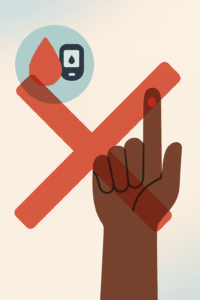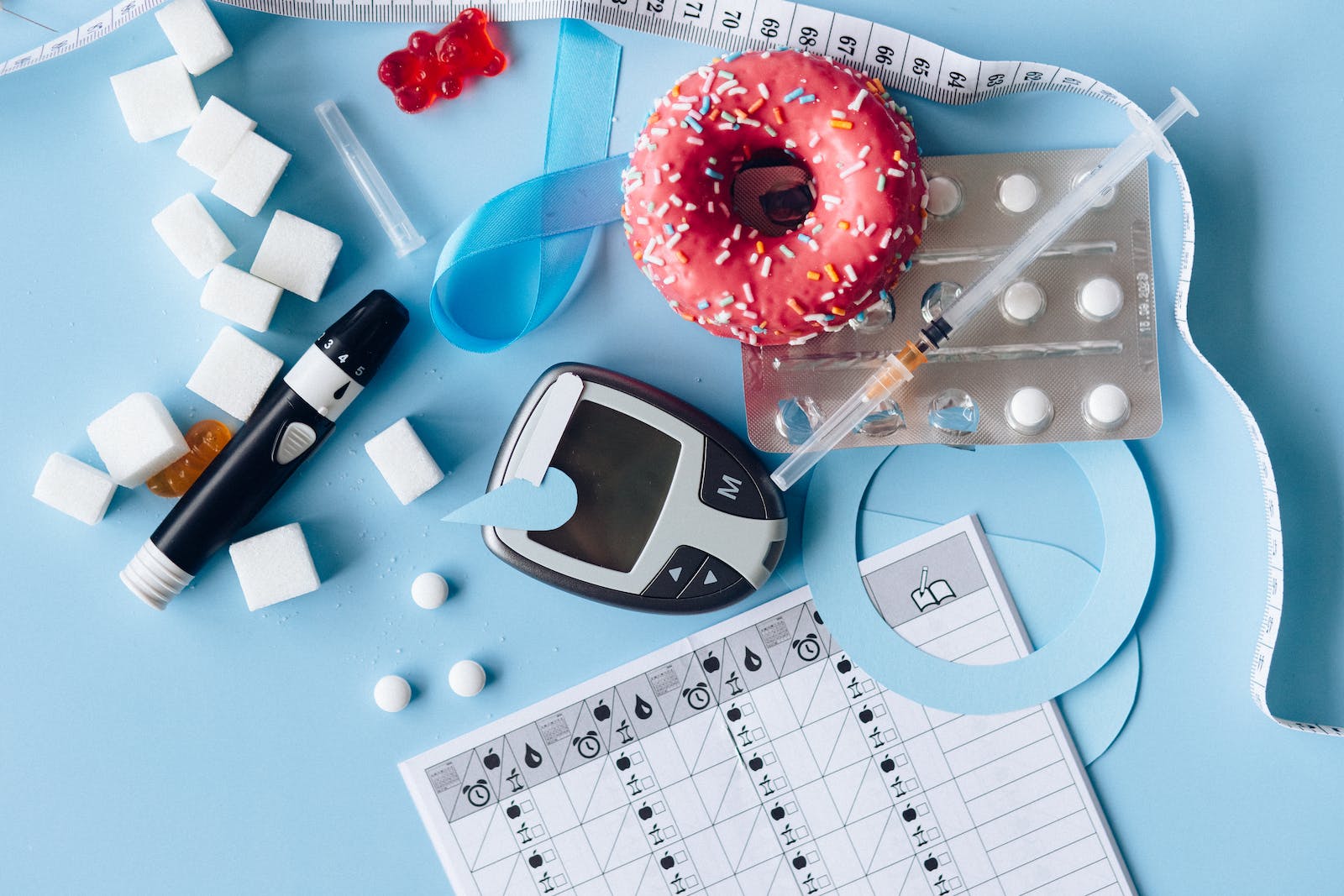Diabetes Symptoms: Identifying the Early Warning Signs
Diabetes is a widespread chronic condition that affects millions of people around the world. Understanding the symptoms of diabetes is vital for early detection and timely management. Whether you are at risk or seeking to increase your knowledge of this condition, this article will provide a comprehensive overview of diabetes symptoms.
The Basics of Diabetes
Before delving into the symptoms, it’s essential to understand the two primary types of diabetes: Type 1 and Type 2.
Type 1 Diabetes
Type 1 diabetes is an autoimmune disease where the immune system mistakenly attacks and destroys insulin-producing cells in the pancreas. As a result, the body cannot produce insulin, the hormone necessary for regulating blood sugar. This type often develops in childhood or adolescence and requires lifelong insulin therapy.
Type 2 Diabetes
Type 2 diabetes is more common and typically develops in adulthood. In this form of diabetes, the body becomes resistant to insulin, and the pancreas may not produce enough insulin to compensate. It is closely linked to lifestyle factors like obesity, physical inactivity, and poor diet.
Common Symptoms of Diabetes
The symptoms of diabetes can vary, and some individuals may experience only mild or no symptoms, especially in the early stages. However, there are common signs that can indicate the presence of diabetes. It’s important to note that these symptoms can occur in both Type 1 and Type 2 diabetes. Here are some of the most frequent symptoms:
1. Excessive Thirst (Polydipsia)
One of the hallmark symptoms of diabetes is excessive thirst. This is known as polydipsia and is often accompanied by increased urination.
2. Frequent Urination (Polyuria)
Polyuria refers to the frequent need to urinate. In diabetes, the kidneys attempt to eliminate excess glucose from the blood through urine, resulting in increased urination.
3. Unexplained Weight Loss
Despite increased hunger and food intake, individuals with diabetes may experience unexplained weight loss. This occurs because the body cannot effectively use glucose for energy, leading to the breakdown of fat and muscle.
4. Increased Hunger (Polyphagia)
Polyphagia is a term used to describe excessive hunger, another common symptom of diabetes. The body’s inability to use glucose for energy results in persistent hunger.
5. Fatigue
Feeling extremely tired and fatigued is a frequent symptom of diabetes. The body’s inability to utilize glucose effectively leads to reduced energy levels.
6. Blurred Vision
Diabetes can affect the eyes, causing changes in vision. Blurred vision can occur when high blood sugar levels cause the lenses in the eyes to swell.
7. Slow Healing Wounds
Diabetes can impair the body’s ability to heal wounds. Even minor injuries may take longer to heal, increasing the risk of infection.
8. Tingling or Numbness
Nerve damage, a complication of diabetes known as neuropathy, can lead to tingling, numbness, or pain in the hands and feet.
9. Recurring Infections
High blood sugar levels can weaken the immune system, making individuals with diabetes more susceptible to infections, such as urinary tract infections or skin infections.
10. Dry Skin
Diabetes can lead to dry, itchy skin, often caused by poor circulation and nerve damage.
11. Yeast Infections
An overgrowth of yeast due to high blood sugar levels can result in recurring yeast infections, particularly in women.
12. Frequent Infections
Individuals with diabetes are prone to frequent infections, as high blood sugar can weaken the immune system.
13. Darkened Skin Patches
Acanthosis nigricans is a skin condition characterized by darkened, thickened patches of skin. It is often associated with insulin resistance and can be a sign of prediabetes or Type 2 diabetes.
14. Breath Odor
A fruity or acetone-like odor on the breath can be a sign of diabetic ketoacidosis, a severe complication of diabetes.
It’s important to note that not everyone with diabetes will experience all of these symptoms. Some may only notice a few, while others may have more pronounced symptoms. Additionally, some individuals with diabetes may not experience any noticeable symptoms at all, especially in the early stages of the condition.
When to Seek Medical Attention
If you or someone you know experiences any of the symptoms mentioned above, it’s essential to seek medical attention promptly. Early diagnosis and treatment can help prevent complications and better manage the condition.
Additionally, if you have risk factors for diabetes, such as a family history of the disease, obesity, or a sedentary lifestyle, it’s advisable to undergo regular check-ups and screenings. Detecting diabetes in its early stages can significantly improve the quality of life and reduce the risk of complications.
Conclusion
Understanding the symptoms of diabetes is crucial for early detection and effective management. Diabetes is a complex condition that can manifest differently in each individual. If you suspect you may have diabetes or have risk factors for the disease, consult a healthcare professional for proper diagnosis and guidance. With the right knowledge and timely intervention, individuals living with diabetes can lead fulfilling and healthy lives while effectively managing their condition.




Leave a Reply